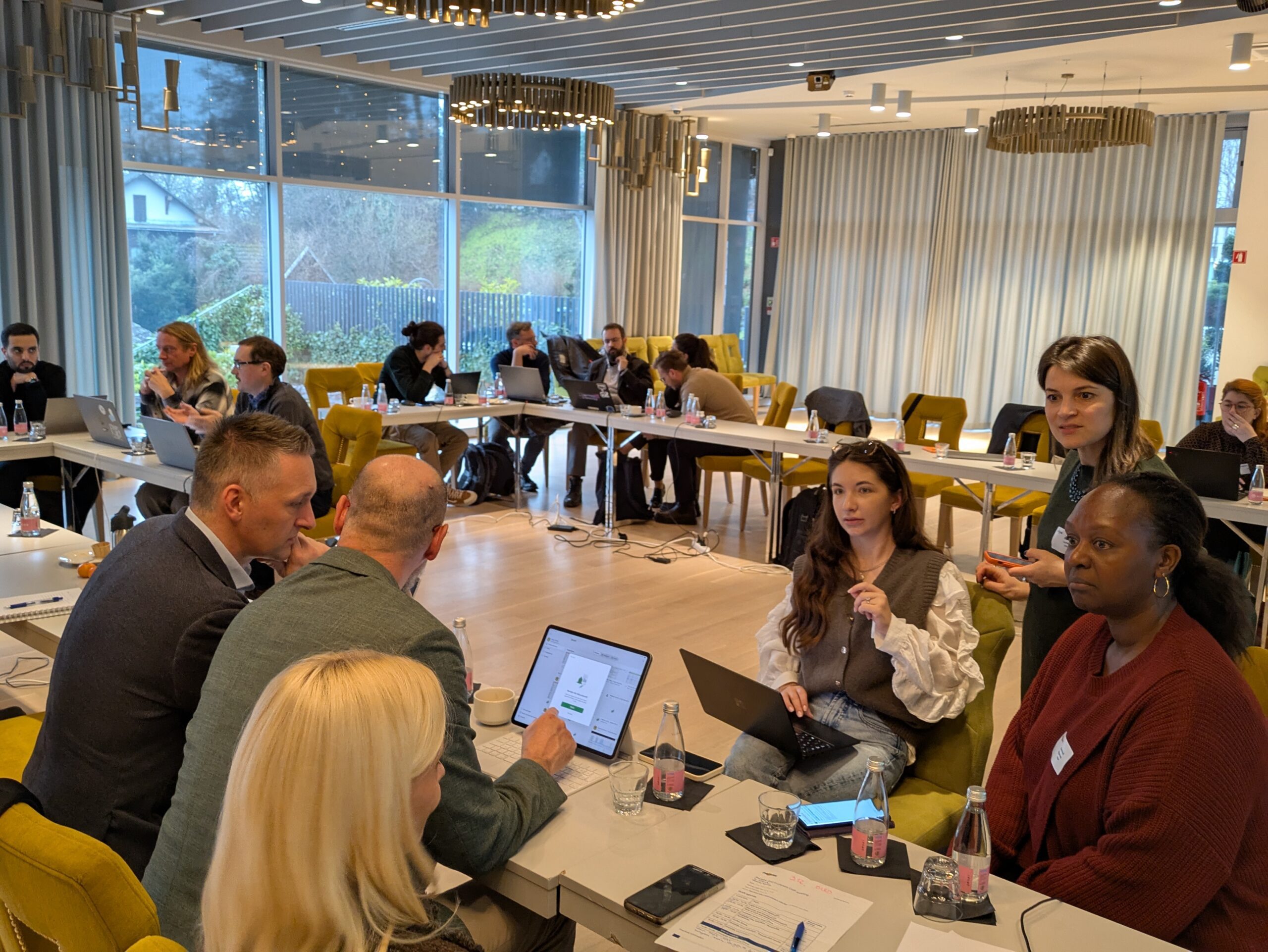The West Midlands are one of the nine regions of England and one of the essential birthplaces of the industrial revolution. Part of West Midland were historically referred as the ‘Black Country’, due to the significant pollution stemming from the production of bricks, iron, steel and glass during the first industrial boom. New production facilities led to a rapid growth of the towns and cities in the region, resulting in dense urbanisation. The largest of these city is Birmingham with around 1.2 million inhabitants and around 3 million in the wider metropolitan area, which ranks it as the second largest city in the UK after London. Similar to other industrial areas, like the Ruhr Area in Germany, Birmingham and the wider region also faced structural change and transformed into a modern commercial centre and metropolis.
These significant amount of inhabitants can rely on the dense tram- and train-network, which is the mode choice for more than 60% of commuters and is operated by the Transport for the West Midlands (TfWM). The high share of public transport users are related to the relatively low car ownership rate in the region. Nevertheless, the majority of the remaining intra-region trips are done by passenger car.









